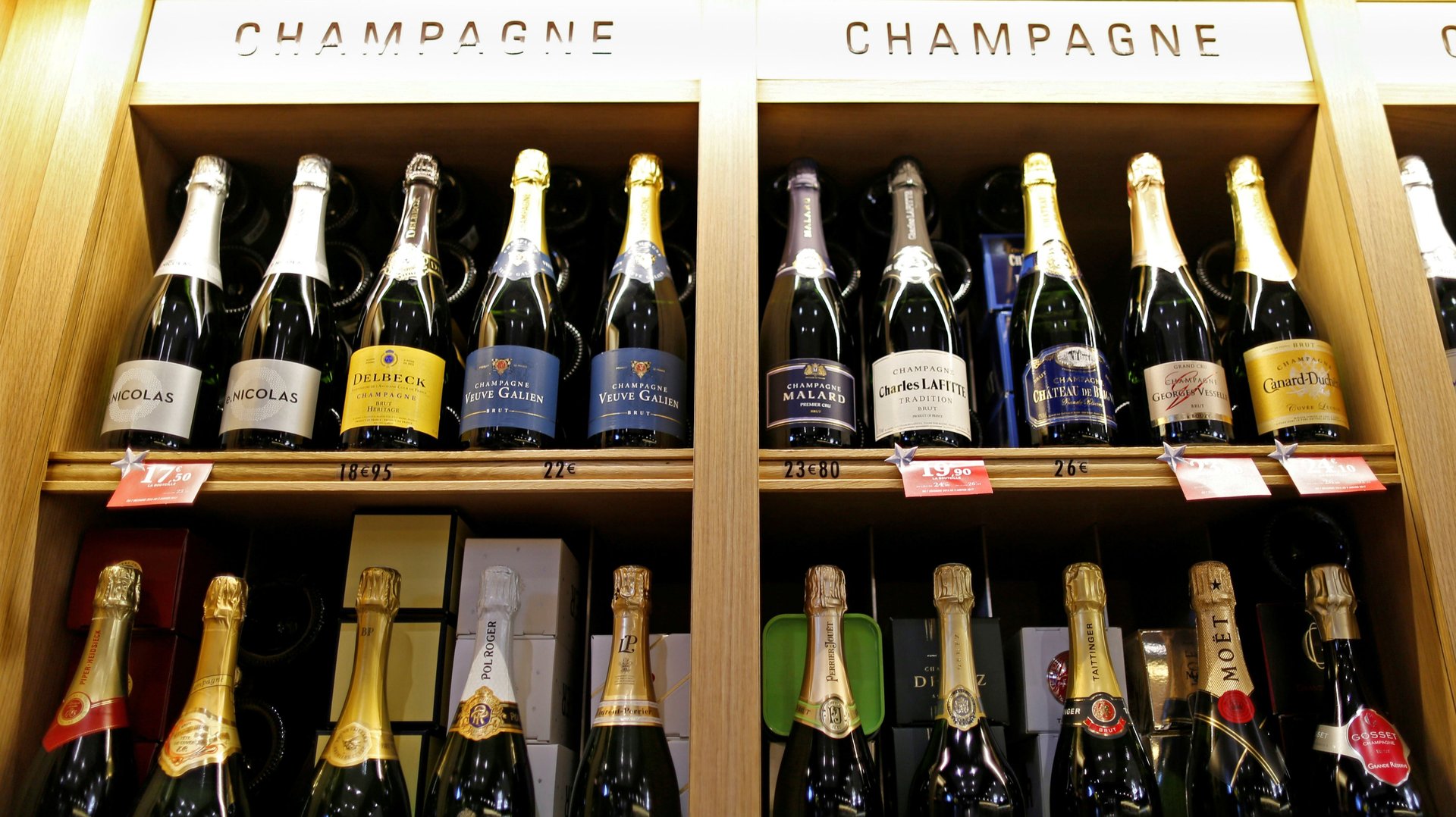Why it’s a bad idea to serve champagne in a flute
Champagne is the drink of celebrations, reserved for birthdays, weddings, and congratulating ourselves that we made it through another year.


Champagne is the drink of celebrations, reserved for birthdays, weddings, and congratulating ourselves that we made it through another year.
There’s a simple way to make sure you get the best tongue-tickling experience from your bubbly of choice: don’t serve it in a flute.
Flutes showcase Champagne’s beauty. The tall, clear glasses allow party-goers to watch the tiny bubbles shoot up to the surface of the glass, where they burst. Bloomberg reports that Dom Pérignon (a Benedictine monk) started drinking Champagne from a flute back in the 1600s to observe these mesmerizing bubbles.
But flutes limit the flavor you get from the drink. Champagne is made when grapes are fermented, which creates alcohol, carbon dioxide (CO2, which makes those delicate bubbles), and other flavors. As is the case with other wines, the best way to get all of these flavors is through exposure to air—namely oxygen. Flutes’ narrow diameter limits the oxygen that can reach the surface of the liquid, and therefore diminishes its flavor.
And, flutes may not be the best vessel for delivering Champagne’s aroma. In 2015, Japanese researchers published a paper found that curved wine glasses allowed the smells to form a ring around the lip of the glass. Since flutes are not typically curved, it’s they likely don’t create the same ring aroma effect.
Carl Heline, the US Director of Krug, told Forbes that it’s best to drink Champagne out of wider glasses, like coupes or white wine glasses, to ensure you experience the full smells and tastes.
But, according to scientists, the verdict’s still out on flutes. In a forthcoming study examining the effects of Champagne bubbles on flavor, the researchers noted that “little to no analytical data has ever been brought until quite recently to bear on the age-old dilemma of how these [glass] shapes affect the champagne inside them.”
Regardless of which glass you choose, serve your Champagne cool but not too cold. Colder liquids trap gases better than warm ones, so there will be more CO2 bubbles in colder Champagne. But at temperatures too low, some of the flavor will be lost. According to Heline, Champagne should be drunk at 50°F (10°C), about five degrees warmer than the usual refrigerator temperature. Letting it it sit out in room temperature for about five minutes should warm it just enough.